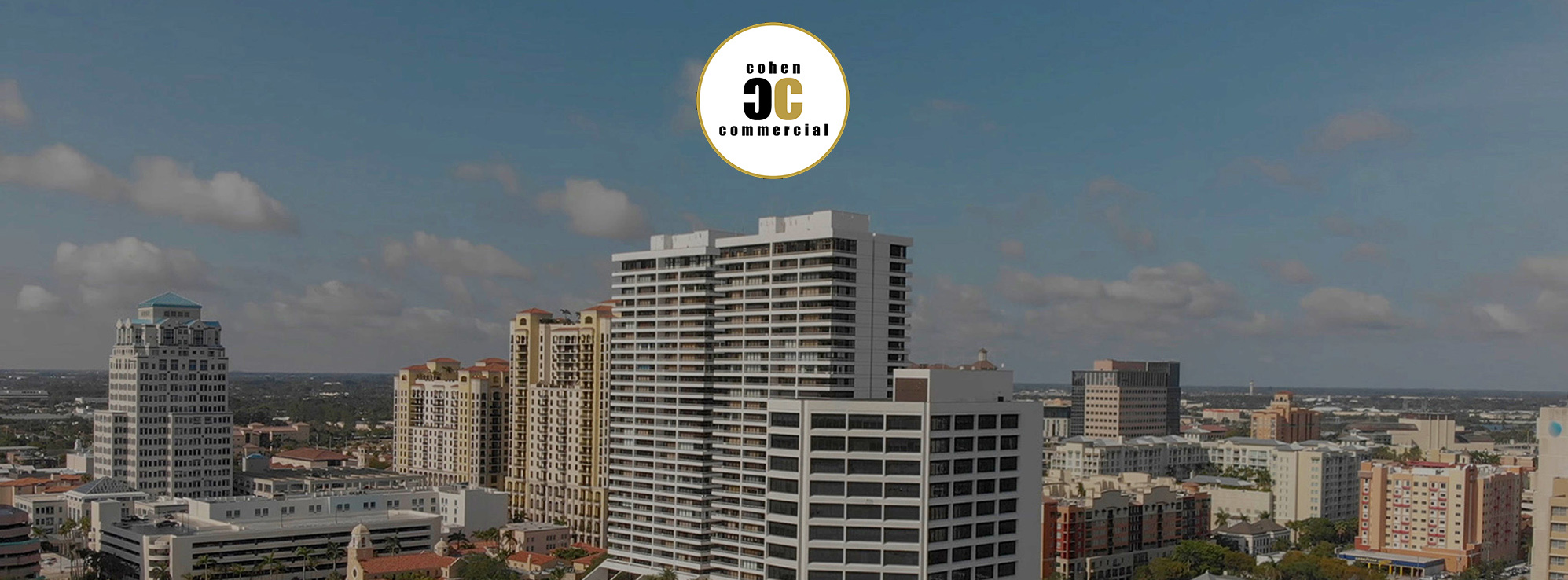The South Florida office market is experiencing a shift as developers respond to evolving workplace trends post-pandemic. Amidst the competition for top buildings in Miami-Dade, Broward, and Palm Beach Counties, developers are enhancing amenities like wellness rooms and restaurants to meet the demand of tenants.
According to Moody’s Analytics, national office vacancy rates reached nearly 19 percent in the third quarter, with cities like Dallas and Austin showing higher rates due to ample new construction. However, South Florida has seen a decline in vacancies, with tenants now seeking space in downtown and central office districts.
Jonathan Kingsley, a vice chairman of Colliers International, notes a renewed interest from tenants in urban spaces, emphasizing the importance of amenities like fitness centers and access to dining and retail options to attract employees back to the office.
While demand remains strong in South Florida, developers face challenges such as limited access to public transportation and fierce competition for space. However, investments from hedge funds and technology companies have bolstered the market, contributing to steady demand across the region.
Tere Blanca, chief executive of Blanca CRE, highlights the region’s resilience, attributing its strength to a diverse array of industries and the influx of new talent. Developers are investing in creating community-centric spaces with updated amenities and events to enhance the tenant experience.
Innovative approaches to office spaces are evident in projects like the Boca Raton Innovation Campus, where CP Group has transformed the largest office building in the state with modern amenities and public spaces, reflecting a shift towards more inclusive and engaging work environments.
Angelo Bianco, a Florida developer, emphasizes the importance of creating vibrant office environments that foster creativity and collaboration. With more companies embracing hybrid work models, the appeal of well-designed office spaces with convenient amenities continues to grow.
As South Florida evolves, proximity to public transportation becomes a key consideration for tenants. The expansion of the Brightline high-speed rail line is expected to enhance accessibility to the region, potentially impacting rental dynamics and favoring areas with lower rents.
Despite challenges, the South Florida office market remains resilient, driven by its diverse economy and strategic investments in innovative office spaces. With a focus on creating vibrant, community-oriented environments, developers are shaping the future of work in the region.


